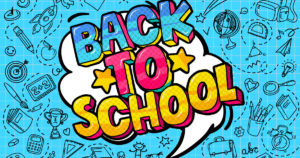 School is back in for some school districts, and for others, the first day of school is a couple of weeks (or a month) away. Planning Back to School messaging helps to save your office staff time answering the same questions that every parent is asking, and provides ways to build enthusiasm and excitement about the first days and weeks of school. It’s a win-win for customer service, too!
School is back in for some school districts, and for others, the first day of school is a couple of weeks (or a month) away. Planning Back to School messaging helps to save your office staff time answering the same questions that every parent is asking, and provides ways to build enthusiasm and excitement about the first days and weeks of school. It’s a win-win for customer service, too!
Here are 15 Back to School content ideas that you can use on your website, newsletter, and social media–and yes, you should be posting to all three!
- Introduce new teachers, staff hired at your site, and any staffing changes
- Schedule of welcome back to school activities: when teacher assignments will be revealed, back to school coffee, special reading time for kindergarten students, etc.
- Remind parents when the first day of school is, and the beginning and ending time.
- Let parents know where to find useful school information: URL for Parent Portal, your school website.
- Orientation/Back to School dates–and include the URL to the webpage with this info
- Link for Transportation Department. “Find out bus schedules, fees, bus pass application, etc.here: URL for transportation department”
- Post first day of school photos!
- Back to school night dates, times at your school
- After Back to School Night, post pictures and/or video from Back to School Nights (showcases parent engagement, involvement)
- Info about free and reduced lunch and a link to the application
- Principal’s welcome back message
- Alternative Income Eligibility Form: “One simple form could increase funding for your school. Completing this form ensures more state funding for your school so your child can receive more student services!”
- A lot of schools have a Cool2BKind Week in the first month of school–share the dates and activities
- Picture day info
- Safe drop off and pick up tips
Back to school is also a good time to remind your teachers to update their web pages with key pieces of information. Click here for more tips!



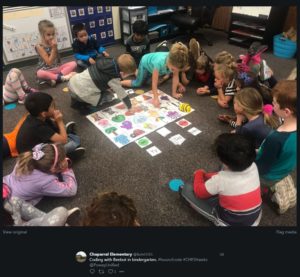
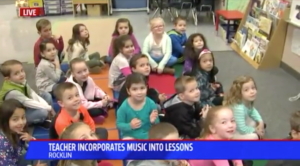
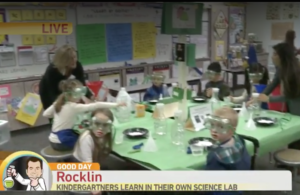

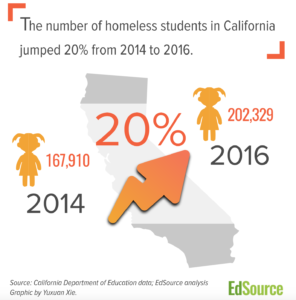


 pecial, what differentiates it from all others. It drives the customer to make a decision to purchase…or a person to donate to a cause…or parents to choose a school for their child.
pecial, what differentiates it from all others. It drives the customer to make a decision to purchase…or a person to donate to a cause…or parents to choose a school for their child. Take a look at the image to the left: You are likely to recognize most, if not all of the company logos you see. At the same time, you probably also remember something about each company, beyond the actual physical product they sell: maybe it’s a certain feeling, perhaps it’s a certain quality offered by the company, or possibly you are recalling the company’s tagline or services. Strong branding doesn’t happen by mistake–it is the result of a well-researched strategy and approach.
Take a look at the image to the left: You are likely to recognize most, if not all of the company logos you see. At the same time, you probably also remember something about each company, beyond the actual physical product they sell: maybe it’s a certain feeling, perhaps it’s a certain quality offered by the company, or possibly you are recalling the company’s tagline or services. Strong branding doesn’t happen by mistake–it is the result of a well-researched strategy and approach.
